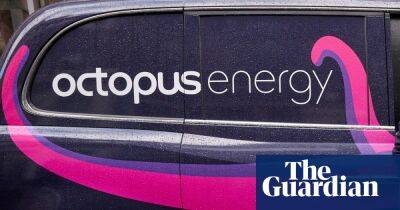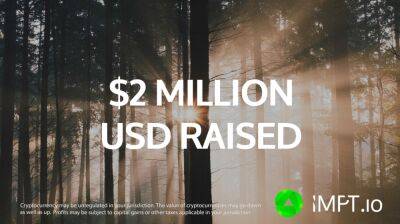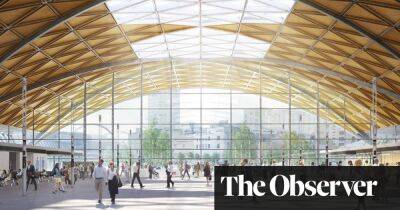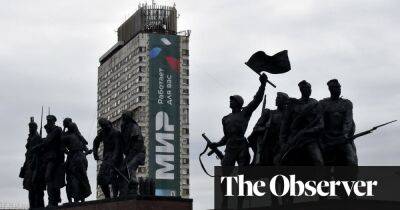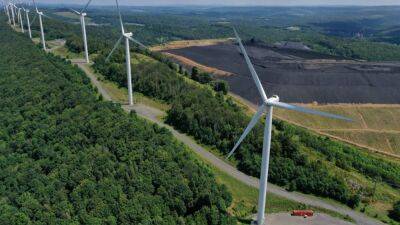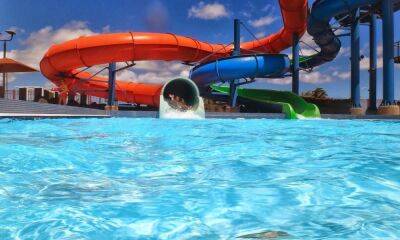Tourism is sucking Utah dry. Now it faces a choice - growth or survival?
It was a typically hot summer day in Utah’s Zion national park, where early-afternoon heat hovered near 100F, even in the shadows of the red peaks soaring overhead. But the extreme conditions did little to dissuade the throngs of tourists who trudged into the chalky brown waters of the Virgin River.
The parking lot at Zion – one of the United States’s busiest national parks – had been full since 8am. Many of the visitors were there to scramble into the shallows of the Virgin River for the ever-popular and Instagrammable Narrows hike.
Thousands of tourists descend on this waterway year after year, even as this region and others across the American west fall deeper into drought. Fueled by the climate crisis and the overuse of dwindling water resources, the drought threatens the safety and sustainability of the spectacular sights; at the same time, tourists and the industries that cater to them contribute to an unfolding crisis in the cherished lands that brought them there.
“The point is not just how out of touch tourists are when they come and visit,” says Martha Ham, an environmental advocate with non-profit Conserve Southwest Utah, noting the lush lawns in surrounding residential developments. “We are not facing [the fact] that we live in a desert or dealing with what our natural limits are,” she said. “It is a historic problem and it catches up with you. It is catching up with us here.”
Just beyond the park, the once-sleepy city of St George is rapidly expanding. Tucked into one of the hottest and driest corners, in south-west Utah, the gateway community is the fastest growing city in the US. Tourism has fueled new residential growth and businesses in an area that could soon see water shortages – and it’s only expected to
Read more on theguardian.com


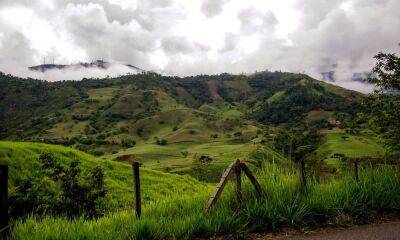

![Ripple [XRP]: Before you become a part of exit liquidity, read this - ambcrypto.com - city Santiment](https://finance-news.co/storage/thumbs_400/img/2022/10/8/44139_alnn.jpg)




